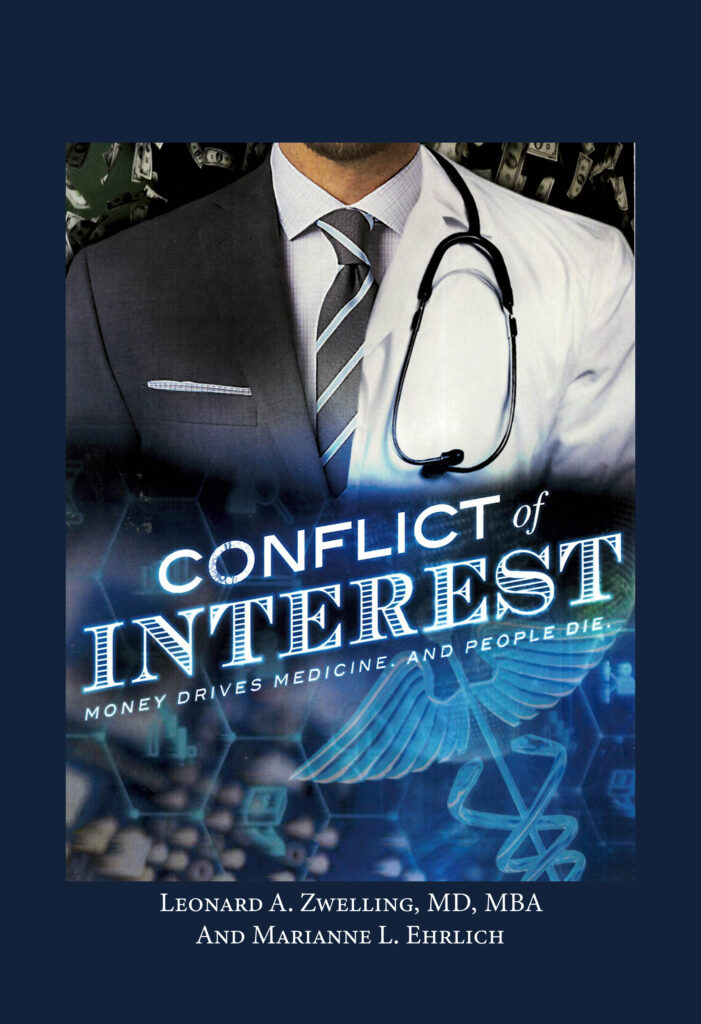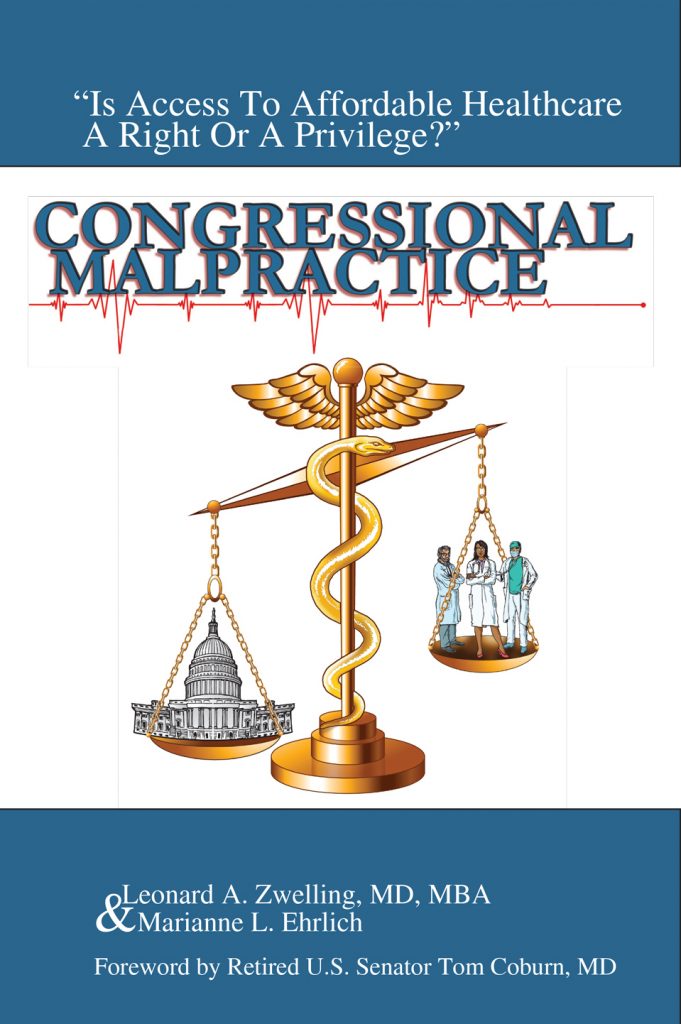Who Is The Court Of Last Resort?
By
Leonard Zwelling
https://www.nytimes.com/2022/10/01/opinion/supreme-court-legitimacy.html
In a lengthy editorial on Sunday October 2 in The New York Times’ Sunday Opinion section, the editorial board describes a “crisis of trust” with regard to the Supreme Court and its relationship to the American people. The editorial claims that the Court no longer represents the majority of Americans, but rather a majority of Republicans. This circumstance arrived over time from 2016 to the present starting with the inability of President Obama to confirm Merrick Garland to replace the deceased Justice Scalia. This blog has made it clear many times in the past that this was the result of bad decisions by Ruth Bader Ginsburg, Mitch McConnell, and Hillary Clinton.
Regardless, the observations by the Times’ board are correct. The Supreme Court is no longer mainstream and can thus no longer be considered the last, best resort of the American people to protect the people from bad decisions by state legislatures and, indeed, the Congress itself. In fact, if the Congress would do its job and pass laws that make life better for the average American (a national right to abortion, strict gun reform legislation, the right to marry who you wish), the Supreme Court could get back to just “calling balls and strikes” as Chief Justice Roberts stated in his confirmation hearing.
In the end, the real court of last resort for the American people ought to be their elected representatives in Congress and neither the President nor the Court. The executive branch is more than powerful enough as it usurps more and more of the power that ought to emanate from Congress. The Court is so politicized now it can no longer be considered a wise or considerate arbiter. Many Americans have lost faith in the Court as the editorial notes.
Perhaps a parallel problem has arisen at MD Anderson. The president has always held most of the power at Anderson since the institution’s inception under R. Lee Clark. It was only under his successor, Dr. LeMaistre, that a Faculty Senate was even born. Neither the MD Anderson president nor the Faculty Senate can be the ultimate arbiter of fairness any longer because the Senate has yet to galvanize the faculty behind it despite more than a Herculean effort to do so. Much of the reason for that is the intimidation and threats of reprisal from all the president’s men (and women) from vice presidents to lawyers to Human Resources.
The obvious solution would be a good working relationship between the president, his administration and the faculty as represented by the Faculty Senate, but there is no balance among the entities. The president holds all the power, the money, and the other resources and the Faculty Senate has been limited to the power of persuasion, thus far. If true shared governance was in place, the rank and file faculty would have more faith in both the president (pretty low as the Workload Survey demonstrated) and the Senate which is always in a defensive posture.
The president could fix this if he wanted to by truly instituting shared governance as suggested by the 2016 white paper about which I wrote recently.
In the United States, we will have to labor under a biased Supreme Court and an inept Congress until we vote out most of the Congress and the new Congress elects new leaders—preferably under 80 years of age.
At MD Anderson, a far less democratic system than the United States, it would really be in Dr. Pisters’ best interest to develop shared governance with the Senate. Both he and the Senate would benefit with greater support from the faculty.
The ball is clearly in the court of the person with the power. Dr. Pisters—can you share?





4 thoughts on “Who Is The Court Of Last Resort?”
You write “… the Senate has yet to galvanize the faculty behind it despite more than a Herculean effort to do so. Much of the reason for that is the intimidation and threats of reprisal from all the president’s men (and women) from vice presidents to lawyers to Human Resources.” The first point is extremely disappointing. The Senate needs to step up to the plate, otherwise nothing will change for the better. The second point is unacceptable. If intimidation and threats are real and can be documented, then this issue needs to be run up the chain of command. If nothing is done at the Regents’ level, then the next step is to take it to the Texas legislature. I was a long-time member of the Texas Faculty Association and often witnessed this process in action by its founder (now retired), the eminent and ingenious Dr. Charles Zucker. Lots of great stories here (some of which directly impacted MDACC) but that’s for another day. But my strong recommendation is to always try and solve problems within the system, and only engage outside agencies as a last resort. Time for the Senate to get going – beginning with requested regular meetings between the ECFS and President Pisters.
My understanding is that the meetings take place, yet nothing changes. The intimidation is real. I agree with your solution to move it to Austin. LZ
Then the next logical step (in what you graciously termed the Farquhar Plan … I’m greatly honored!) is to bring faculty concerns to the attention of the Chancellor for Health Affairs and the Chancellor. The ECFS should request a meeting with both to discuss local faculty issues. The Chancellor is the most influential officer within the UT System and, although he (currently) reports to the Board, that’s where the major decision-making authority lies. Obviously, all correspondence should be carefully documented and, if so indicated by the Senate, communicated to the Board as MDACC’s faculty contribution to Dr. Pisters’ forthcoming 5-year performance review.
Totally agree and now is the time. LZ